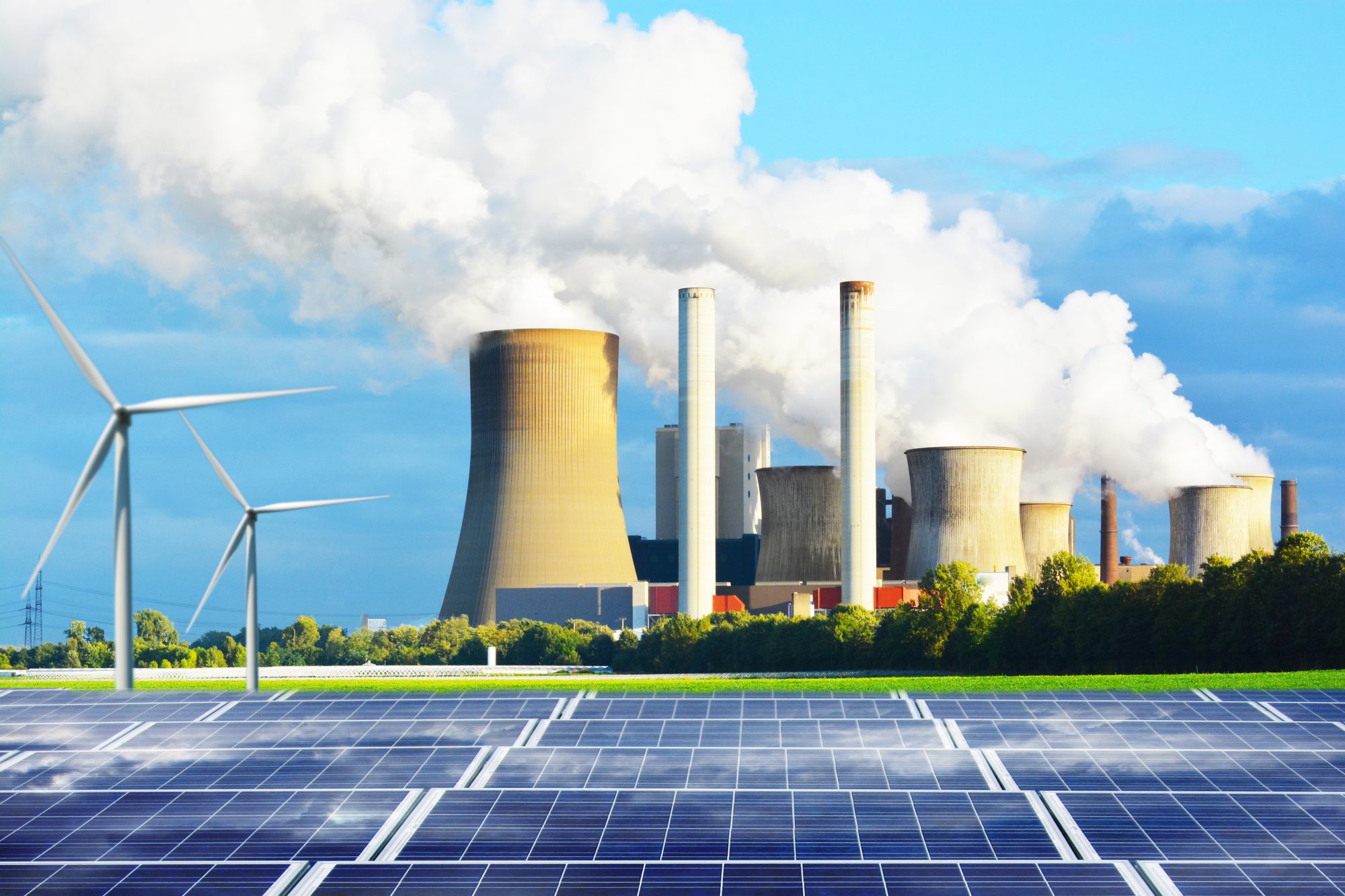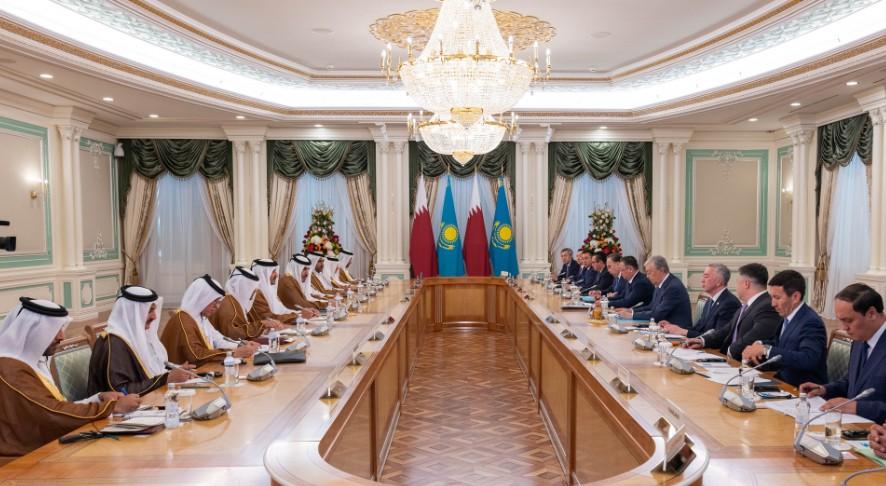Gulf – Central Asian partnership is on the rise Global uncertainty
The year 2023 marked the launch of a new era of engagement between the Persian Gulf and Central Asian states, which was launched this month, surprisingly promoting investments that diversify both regions away from oil and gas. Last year, ministers of Saudi Arabia and the United Arab Emirates (UAE) landed in Kazakhstan, Kyrgyzstan, and Uzbekistan to discuss new fields of partnership. Indeed, the wealthy Gulf monarchies’ flood to the landlocked Central Asian region boosted optimism regarding the flow of additional investments in infrastructure projects.
Consequently, the eruption of the Russo-Ukraine war steadily weakened Russia’s position in the Central Asian region, which it long considered its sphere of influence. As such, non-regional actors like the Gulf states, the United States (US), Türkiye, and the European Union (EU) sought to establish a permanent footprint in an energy-rich region. Disruptions to traditional Russian supply chains and to trade routes that run through Russia, as well as the sight of some one million Russians passing through Central Asia in 2022 en route to third countries to escape conscription or persecution for anti-war sentiment were cause for Central Asian governments to reassess their relationship with Russia and seek alternative partners.

Central Asia, richly endowed with vital energy commodities, both hydrocarbons and rare earth elements, plays a crucial role in the world’s green energy transformation. These abundant resources have given the C5 nations a key role to play in 21st-century energy development. As a result, Central Asia has rapidly become a focal point of great power competition due to its strategic position in the middle of the Eurasian landmass. In a significant move, the president of Kazakhstan, Kassym Jomart Tokayev, visited Doha on March 15, 2024, to highlight Kazakhstan’s readiness to increase exports to Qatar across 60 non-resource commodity items totalling $250 million and proposed increasing mutual trade to $500 million in the near future. This visit, marking 30 years of diplomatic ties between the two countries, underscored Kazakhstan’s commitment to expanding its relationship with the Gulf states.
The GCC countries’ growing interest in Central Asia is partly an attempt to contain their regional rivals, Iran and Turkiye. Iran shares half of its borders with states in Central Asia and is a natural geographical hub linking the region to the Indian Ocean and the Gulf. Iran and Tajikistan engaged in high-level diplomacy after both the United States’ withdrawal from Afghanistan in 2021 and Russia’s invasion of Ukraine in 2022, which led to a significant expansion in bilateral military and defence cooperation. The US, EU, and Türkiye are eager to maintain a long-term presence in the region by establishing strong economic partnerships with the regional states and involving in mega-infrastructure projects.

The growing interest of the wealthy and economically developed Gulf states in Central Asia is not just a strategic move, but also a reflection of their keenness to invest in the green energy field. This interest aligns perfectly with the energy potential of the Central Asian region, particularly in the case of two leading countries, Kazakhstan and Uzbekistan. For instance, in 2023, Saudi Arabia’s state-owned ACWA Power pledged a substantial US$13.5 billion in investments in Kazakhstan’s and Uzbekistan’s clean-energy sectors. The UAE’s state-owned Masdar has also made significant investments in Uzbekistan’s solar- and wind energy sectors, which now have a combined production capacity of nearly 1 gigawatt (GW) annually.
The recent push towards regional engagement comes as new leaders in Uzbekistan and Kazakhstan pursue economic reforms and a more open foreign policy amidst increasing consensus that many of the challenges—from water security to transit logistics—faced by each country in Central Asia require transnational solutions.

Given the interest of the Gulf in partnership with Central Asia, the regional leaders all have visited the Gulf region since February 2022, while some of the presidents have also journeyed to Saudi Arabia for other international conferences in the past two years. The engagement of Central Asian states with different non-regional actors enables them to get involved in bigger projects without the control of China or Russia. In this context, the GCC partnership model is viable as it does not put any limit on regional countries.
Therefore, it is likely that the GCC will seek to double the trade turnover with the Central Asian region in the coming years to establish a permanent presence and expand geopolitical influence.








